eco-resin crafts
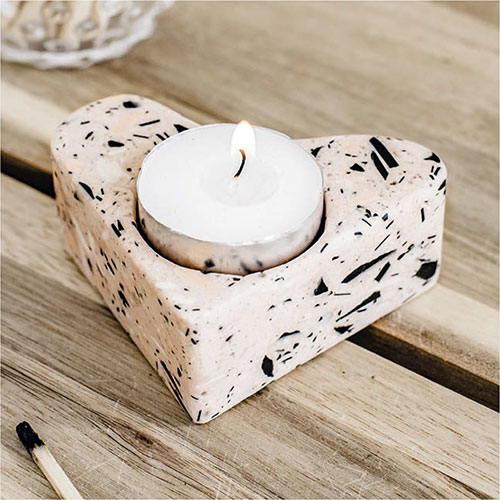

eco-resin crafts 30 hand-crafted projects for the home
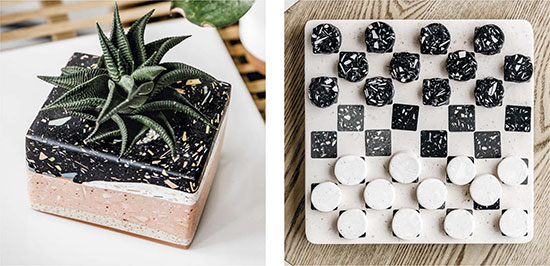 hazel oliverOF BADGER & BIRCH
hazel oliverOF BADGER & BIRCH
To my babiesmay you always be curious, creative, and happy. Published in 2022 by CICO Books An imprint of Ryland Peters & Small Ltd 2021 Jockeys Fields, London, WC1R 4BW 341 E 116th St, New York, NY 10029 www.rylandpeters.com 10 9 8 7 6 5 4 3 2 1 Text Hazel Oliver 2022 Design and photography CICO Books 2022
The designs in this book are copyright and must not be made for sale. The authors moral rights have been asserted. All rights reserved. No part of this publication may be reproduced, stored in a retrieval system, or transmitted in any form or by any means, electronic, mechanical, photocopying, or otherwise, without the prior permission of the publisher. A CIP catalog record for this book is available from the Library of Congress and the British Library. ISBN: 978-1-80065-098-5 e-ISBN: 978-1-80065-142-5 Printed in China Designer: Alison Fenton Photographer: Georgia de Lotz In-house editor: Jenny Dye Art director: Sally Powell Head of production: Patricia Harrington Publishing manager: Penny Craig Publisher: Cindy Richards

Contents

Creativity is contagious, pass it on.
Albert Einstein Welcome to Eco-Resin Crafts, a book that is full of ideas and inspiration to get your creative mind whirring and your hands busy making. Creating for me is a deep and passionate needI have always been drawn to arts and crafts since I was a child, and now as an adult realize that this is absolutely what makes me happiest. My company Badger & Birch was born out of a need to have a vehicle for my creative passion and has taken a few varied forms over the years. In the early days it began with printmaking, giving me an outlet when I was studying for a masters in childrens illustration while working full time in a busy career. After losing my mum, it developed further as I dreamed of happy days spent creating and designing, and immersed myself in craft, surface design, and mono and screen printing. It was my therapy and what I soon realized was making me tick.
I landed somewhere in the world of 3D surfaces, working with concrete and designing homewares. From there I sought out more friendly mediums to work with. Friendlier both for me and my growing family, but also to better reflect the importance of nature in my life and impact less on the environment. Badger & Birch tries to tread lightly with plastic-free and compostable packaging, non-toxic eco resin, reusable and recyclable molds, and the repurposing of waste shells from my local restaurant. Experimentation often results in the celebration of the unexpected and failure is all part of the process. While you work through the projects in the book, dont try to be too perfect, dont put too much expectation on yourself, and allow yourself to adapt the designs.
Make them yours, find what works for you, and enjoy the journey. Playthe best results will grow from your enjoyment. HAZEL OLIVER 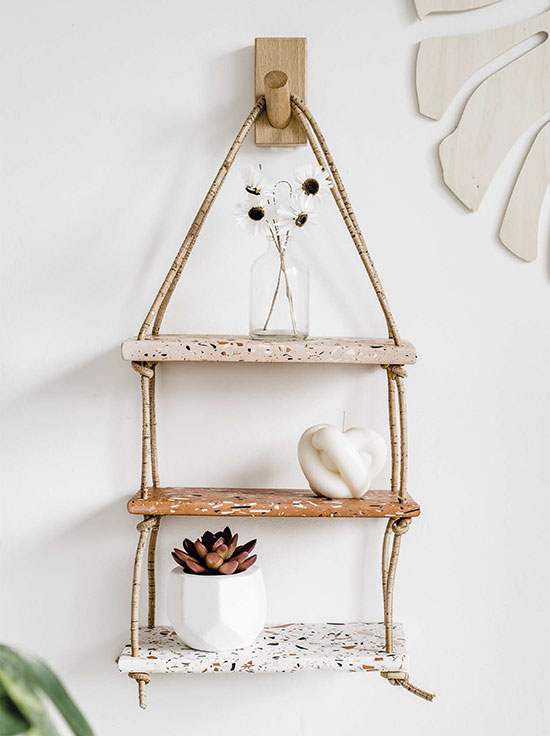 What is eco resin? Confusingly, it isnt the typical resin we think ofeco resin is ceramic in appearance and is almost better described as a plaster. The term eco resin is used for a family of polymer resins, which are labeled in such a way due to their non-toxic nature. They are water based, renewable, and solvent free, and therefore made and used in a more eco-friendly way. Eco resin behaves much like a concrete and has similar strength properties but without the health or environmental issues attached.
What is eco resin? Confusingly, it isnt the typical resin we think ofeco resin is ceramic in appearance and is almost better described as a plaster. The term eco resin is used for a family of polymer resins, which are labeled in such a way due to their non-toxic nature. They are water based, renewable, and solvent free, and therefore made and used in a more eco-friendly way. Eco resin behaves much like a concrete and has similar strength properties but without the health or environmental issues attached.
Its popularity in the past few years has grown hugely and it is an exciting material to experiment with and explore. Equipment The basic pieces of equipment you will need for all the projects are: Precise weighing scales Plastic/silicone mixing bowl or recyclable cups/bowls Silicone spatula or wooden stirrers Towel/plastic sheet to protect the surface you are working on Essential techniquesMixing Eco resin comes in two parts: a powder and liquid polymer that when mixed together in the correct ratio set to become a solid. The most common form of eco resin is a branded product called Jesmonite. You can also use a fine plaster-mix powder with the addition of a liquid plaster polymer. Using the ratio of 2.5 parts powder to 1 part liquid, you will create a hard-setting material. The powder and liquid are measured by weight, and you will need weighing scales for all the projects.
Each project gives the weights of powder and liquid you will need. For example, if you used 3oz (100g) of powder you would need 1oz (40g) of liquid polymer. Some effects such as embeds (see ) require a thicker mix, and for these a ratio of 3:1 powder to liquid is used. As you become more proficient using eco resin and get a feel for what is needed, you may want to experiment with and tweak your ratios. To mix your eco resin, use a silicone spatula or wooden stirrer and a plastic or silicone mixing bowl. First, pour the liquid into your mixing bowl.
Then add the powder slowly, using your spatula or stirrer to mix it into the liquid and crush any lumps against the sides of the bowl. Using a hand whisk can help when youre mixing enough eco resin for the larger makes. If you are mixing very large amounts, use a mixing blade attached to a drill. 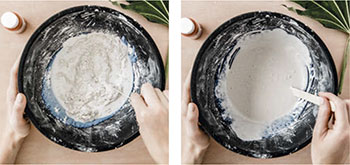 Once you have mixed together the powder and liquid, the setting process begins. As a rough guide, you will have 10 minutes to use the mixture before it begins to set. Be aware though that the weather can affect the setting time.
Once you have mixed together the powder and liquid, the setting process begins. As a rough guide, you will have 10 minutes to use the mixture before it begins to set. Be aware though that the weather can affect the setting time.
On a hotter day, the mixture will set more quickly. It is best to ensure you have all your equipment out and ready and your molds (see opposite) prepared prior to mixing the eco resin. You will need to leave your project for a minimum of 30 minutes to fully set. Using a bowl that is silicone or plastic means you will easily be able to remove any excess set mixture from the sides and break it up to make terrazzo chips (see ). Rinse your mixing equipment in a bucket of water before the eco-resin mixture has fully set. Allow the mixture in the bucket to settle, pour away the water, and then put the residue in the trash.
Dont put eco resin down your sink as it will block up the pipes. Coloring As eco resin is water based, in theory you can use any water-based pigments or paints to color your mixture. If you are using the branded product Jesmonite, there are specific pigments available in the range. Concrete pigments can also be used. Some of the images in the projects show plain white mixtures to demonstrate how to pour them, but you can add pigment colors of your choice. Get messy and do some experimentation using your pigments.

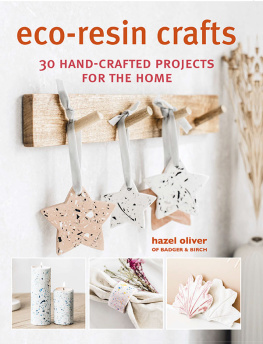
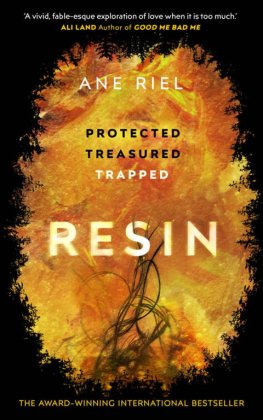
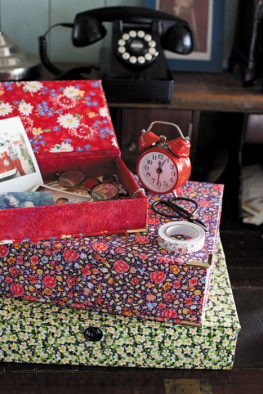
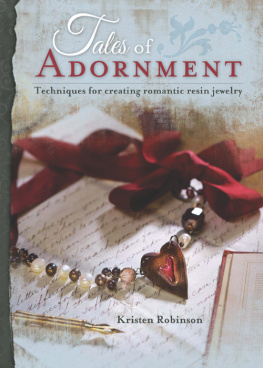
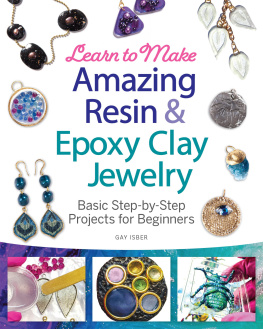
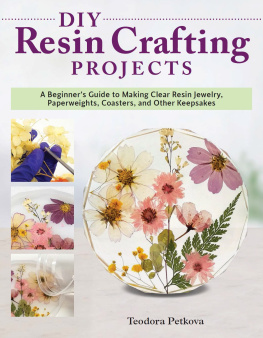

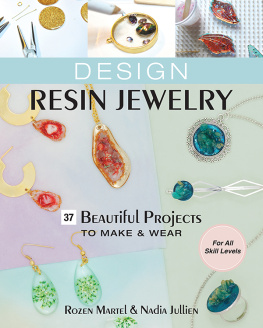
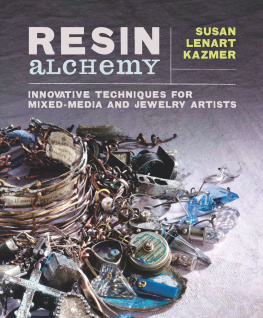
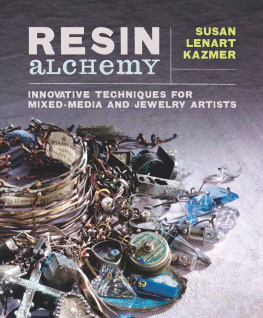
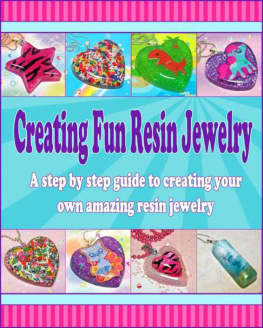
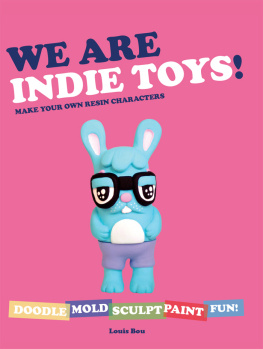


 eco-resin crafts 30 hand-crafted projects for the home
eco-resin crafts 30 hand-crafted projects for the home  hazel oliverOF BADGER & BIRCH
hazel oliverOF BADGER & BIRCH To my babiesmay you always be curious, creative, and happy. Published in 2022 by CICO Books An imprint of Ryland Peters & Small Ltd 2021 Jockeys Fields, London, WC1R 4BW 341 E 116th St, New York, NY 10029 www.rylandpeters.com 10 9 8 7 6 5 4 3 2 1 Text Hazel Oliver 2022 Design and photography CICO Books 2022 The designs in this book are copyright and must not be made for sale. The authors moral rights have been asserted. All rights reserved. No part of this publication may be reproduced, stored in a retrieval system, or transmitted in any form or by any means, electronic, mechanical, photocopying, or otherwise, without the prior permission of the publisher. A CIP catalog record for this book is available from the Library of Congress and the British Library. ISBN: 978-1-80065-098-5 e-ISBN: 978-1-80065-142-5 Printed in China Designer: Alison Fenton Photographer: Georgia de Lotz In-house editor: Jenny Dye Art director: Sally Powell Head of production: Patricia Harrington Publishing manager: Penny Craig Publisher: Cindy Richards
To my babiesmay you always be curious, creative, and happy. Published in 2022 by CICO Books An imprint of Ryland Peters & Small Ltd 2021 Jockeys Fields, London, WC1R 4BW 341 E 116th St, New York, NY 10029 www.rylandpeters.com 10 9 8 7 6 5 4 3 2 1 Text Hazel Oliver 2022 Design and photography CICO Books 2022 The designs in this book are copyright and must not be made for sale. The authors moral rights have been asserted. All rights reserved. No part of this publication may be reproduced, stored in a retrieval system, or transmitted in any form or by any means, electronic, mechanical, photocopying, or otherwise, without the prior permission of the publisher. A CIP catalog record for this book is available from the Library of Congress and the British Library. ISBN: 978-1-80065-098-5 e-ISBN: 978-1-80065-142-5 Printed in China Designer: Alison Fenton Photographer: Georgia de Lotz In-house editor: Jenny Dye Art director: Sally Powell Head of production: Patricia Harrington Publishing manager: Penny Craig Publisher: Cindy Richards  Contents
Contents  Creativity is contagious, pass it on.
Creativity is contagious, pass it on.  What is eco resin? Confusingly, it isnt the typical resin we think ofeco resin is ceramic in appearance and is almost better described as a plaster. The term eco resin is used for a family of polymer resins, which are labeled in such a way due to their non-toxic nature. They are water based, renewable, and solvent free, and therefore made and used in a more eco-friendly way. Eco resin behaves much like a concrete and has similar strength properties but without the health or environmental issues attached.
What is eco resin? Confusingly, it isnt the typical resin we think ofeco resin is ceramic in appearance and is almost better described as a plaster. The term eco resin is used for a family of polymer resins, which are labeled in such a way due to their non-toxic nature. They are water based, renewable, and solvent free, and therefore made and used in a more eco-friendly way. Eco resin behaves much like a concrete and has similar strength properties but without the health or environmental issues attached. Once you have mixed together the powder and liquid, the setting process begins. As a rough guide, you will have 10 minutes to use the mixture before it begins to set. Be aware though that the weather can affect the setting time.
Once you have mixed together the powder and liquid, the setting process begins. As a rough guide, you will have 10 minutes to use the mixture before it begins to set. Be aware though that the weather can affect the setting time.